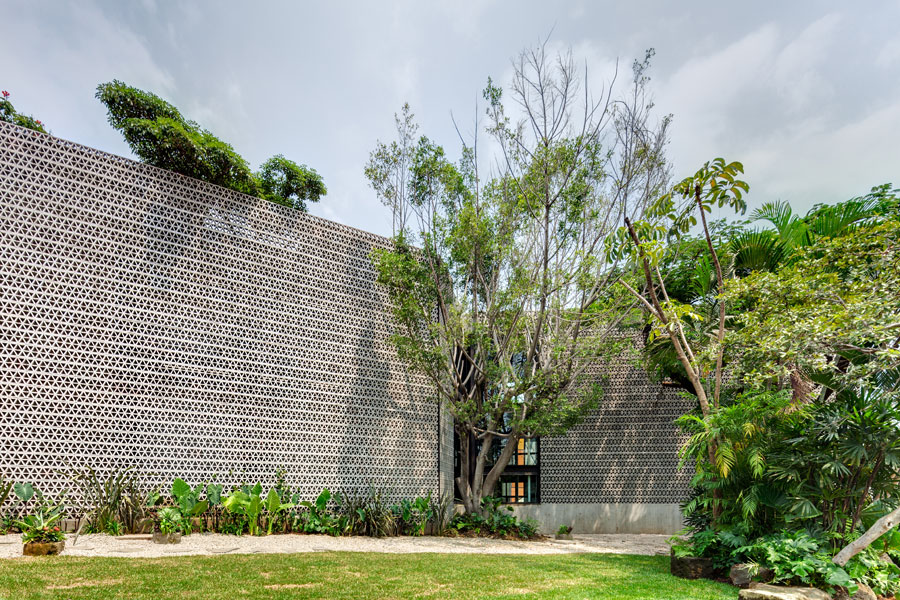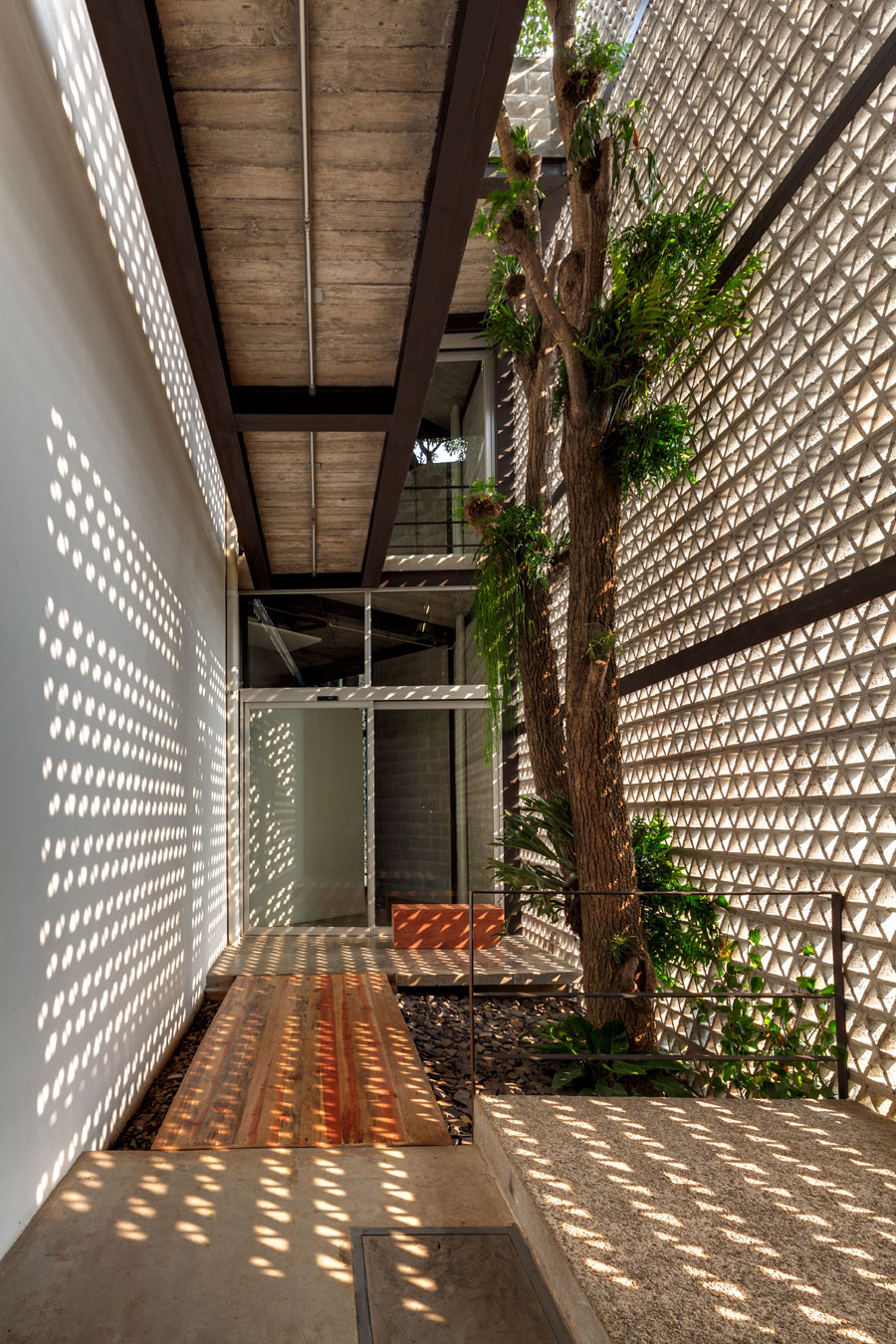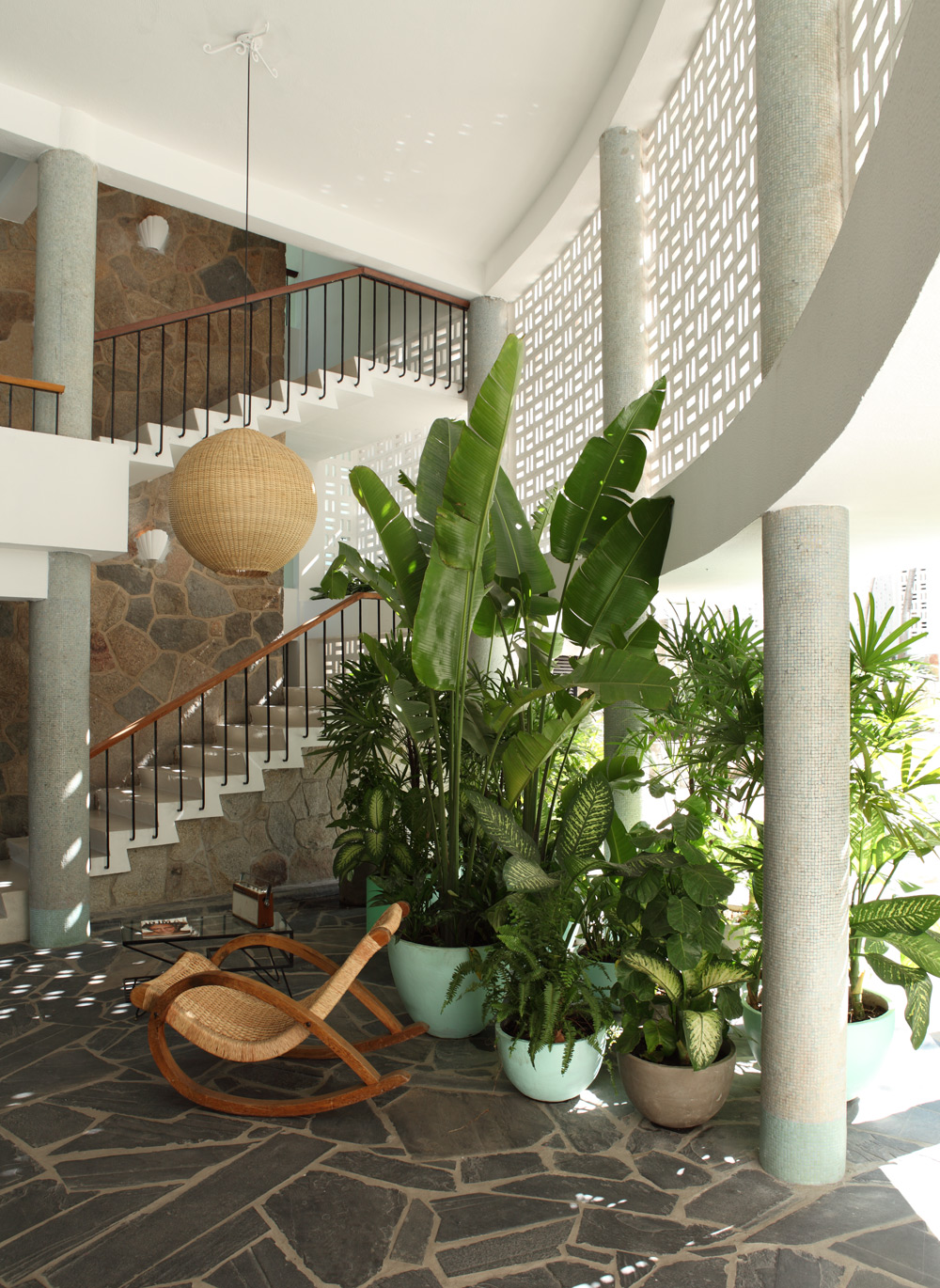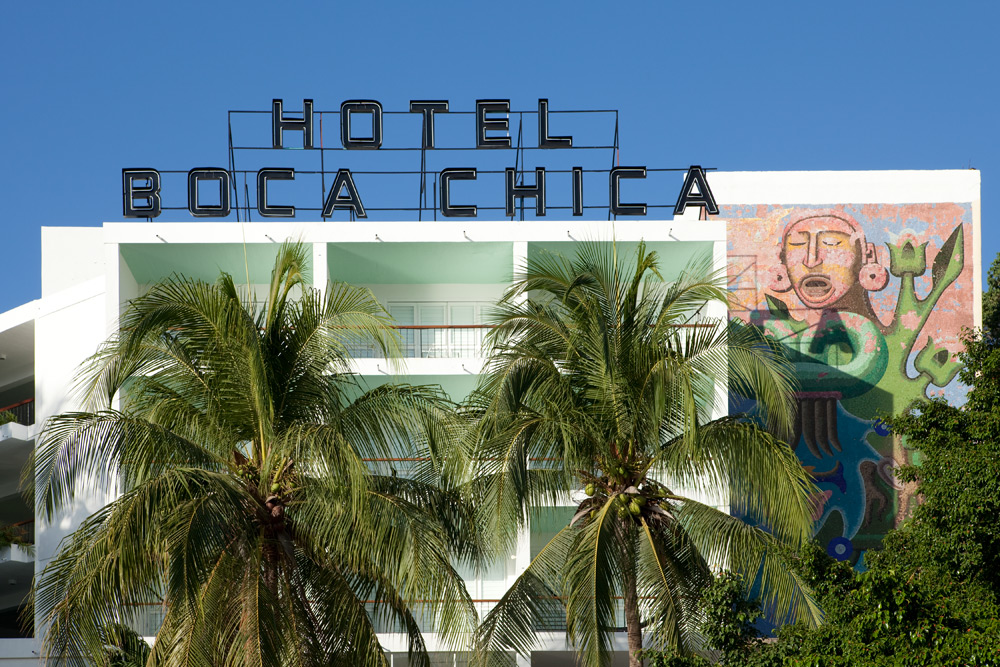-

Photo © Rolex / Hideki Shiozawa
No Tabula Rasa
Interview with Frida Escobedo
by Florian Heilmeyer
-
It seems that there is no shortage of exciting young architects in Mexico City at the moment. As soon as we start to call the likes of Derek Dellekamp, Tatiana Bilbao, Michel Rojkind and Fernando Romero the “new generation”, there are already younger ones making their appearance on the scene. One of them is Frida Escobedo, who founded her own office in Mexico City in 2006 focusing mostly on smaller commissions commuting from the arts to architecture and back again. In our interview, she explains why her preference for small commissions and simple answers is her reaction to the context of Mexico City.
Escobedo moved two murals by Siqueiros that were originally situated in the courtyard to the outside of the building, clearly marking the entrance of the museum and a new connection to the public square in front of it. (Photos: Rafael Gamo)
-

What is your impression of Mexico City right now?
I think the city is living through a very interesting moment, where a new generation of architects, artists and designers seems to be finding fertile ground for playing around. It might not be with huge commissions – it’s more about tiny collaborations or smaller projects – but finding pleasure and fulfilment in these small tasks is liberating in a way. As a result I believe that we are more flexible, and more resilient than the generations before us.
I mean, you’ve probably heard this a thousand times before, but there is so much energy and information in Mexico City. We are nearly 20 million in the metropolitan area, so everyday living implies massive challenges. We have to deal with housing, mobility, economics, or politics in a very dynamic way. Everything becomes an opportunity. There is a lot to work with, and most of it is urgent.
Escobedos' conversion of La Tallera in Cuernavaca (1965), is her biggest and most famous project to date. The former home and studio of late Mexican muralist and political activist David Alfaro Siqueiros has now been transformed into a museum, workshop and artist’s residency programme. (Photo: Rafael Gamo)
-
Would you describe yourself as a Mexican architect then?
I do think that we react to our context. I happen to live in a city that I find fascinating in all its complexity. I like to believe that I’ve learned from this context and that the simplest response happens to be the best response within these complexities.
There are so many young architects in Mexico City at the moment, yet it seems that their work is really versatile and varied. Do you see any links to the output of “older” young architects like Tatiana Bilbao, Michel Rojkind, Fernando Romero and such?
I think there is no “Mexican scene”.
Architecture is produced by a very diverse group of people, who range from the well established to the very young. We all have different voices and the principles behind what we produce are not defined by the generation we belong to. My friends’ ages range from late fifties to early twenties and we all gather and eat and drink and discuss everything that is important to us – not just architecture.
It is important to me (and I guess also to my friends) to take pleasure in the small as well as the big things. We feel that huge commissions are not necessarily the path to success. Even if they were, we wouldn’t be interested. Some of the offices you mention have a different approach. They aim to become global and highly visible, which is a different – and valid – approach. I would like to believe that our work as architects, actually any work, can become more meaningful if we have more preoccupations than interests.
At La Tallera, new walls made of concrete airbricks with a geometric pattern partially envelop the old structure, creating an uncertain border and new connections between the existing spaces and inside and outside. (Photo: Rafael Gamo)
-
Frida Escobedo was born in Mexico City in 1979. After studying architecture and urbanism at the Universidad Iberoamericana, she went on to get a masters in Art, Design and the Public Domain from the Harvard Graduate School of Design. In 2003 she founded her first office, Perro Rojo, with Alejandro Alarcón and her own studio in 2006.


Hotel Bocachica in Las Playas, Acapulco, is a 1950s hotel renovation. The renovation used site-specific elements and techniques: locals often customise modernistic ideas, mixing in contemporary tropical handwork. Borrowing from this, Escobedo created a revitalising “formal blend of modern and contemporary elements” including interiors and furniture. (Photos: Undine Pröhl)
You’ve described your interests (or preoccupations) in your own work as being about “the residual and the forgotten: from decadent suburbs that are being subdivided, to rundown tourist spots, to unused roofs and basements” focusing on identifying “forces that change the configuration of cities…central and powerful or marginal, formal or informal.” I like this description very much; can I connect these thoughts directly to Mexico City?
Mexico City has been a place of juxtaposition and sedimentation from very early times. There is no such thing as a tabula rasa. We are always working with some kind of pre-existing condition. Being a young office, we found an opportunity in these kinds of residual spaces: run down residential suburbs, abandoned basements, decaying modernist buildings. It all happened almost accidentally. I could not compete with the big developers who were doing the high-rise apartment and office blocks in the periphery of Santa Fe, or massive social housing. I had to start small, but there was a lot of fabric to play around with. I
-
Search
-
FIND PRODUCTS
PRODUCT GROUP
- Building Materials
- Building Panels
- Building technology
- Façade
- Fittings
- Heating, Cooling, Ventilation
- Interior
- Roof
- Sanitary facilities
MANUFACTURER
- 3A Composites
- Alape
- Armstrong
- Caparol
- Eternit
- FSB
- Gira
- Hagemeister
- JUNG
- Kaldewei
- Lamberts
- Leicht
- Solarlux
- Steininger Designers
- Stiebel Eltron
- Velux
- Warema
- Wilkhahn
-
Follow Us
Tumblr
New and existing Tumblr users can connect with uncube and share our visual diary.
»Tradition is a dare for innovation.«
Alvaro Siza
Keyboard Shortcuts
- Supermenu
- Skip Articles
- Turn Pages
- Contents


